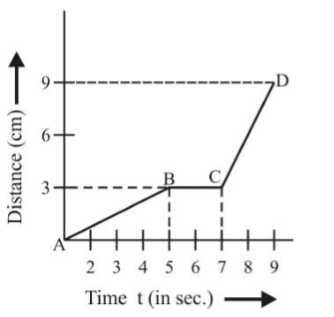Chhattisgarh Board Solutions for Chapter: Motion, Exercise 2: Exercise
Chhattisgarh Board Science Solutions for Exercise - Chhattisgarh Board Solutions for Chapter: Motion, Exercise 2: Exercise
Attempt the practice questions on Chapter 4: Motion, Exercise 2: Exercise with hints and solutions to strengthen your understanding. Science (Theory & Practical) Class-9 solutions are prepared by Experienced Embibe Experts.
Questions from Chhattisgarh Board Solutions for Chapter: Motion, Exercise 2: Exercise with Hints & Solutions
The direction of velocity of a body depends on _____.
Write all the three equations of motion and explain the symbols used in them.
An athlete covers one round of a circular track of radius is . How much distance(in metre) will it cover in minute? (Fill up to one decimal place)
Using the graphical method derive the second equation of motion
Neeraj reaches school in a car at an average speed of . While returning; his speed becomes due to lesser crowd. What is the average speed of Neeraj's car for the whole journey?
A ball is dropped from the top of a high tower. If its velocity is increasing with an acceleration of then at what speed will the ball hit the ground? How much time will it take to hit the ground?
A car is moving on a straight road at a uniform acceleration. The velocity of the car at different times is given below. Draw its velocity-time graph and calculate its acceleration and also find out the distance covered by it in seconds.
| -Time | ||||||
| - speed |
In the following figure, the position-time graph for an object at different times is shown. Calculate the speed of the object during
(i) A to B
(ii) B to C
(iii) C to D

